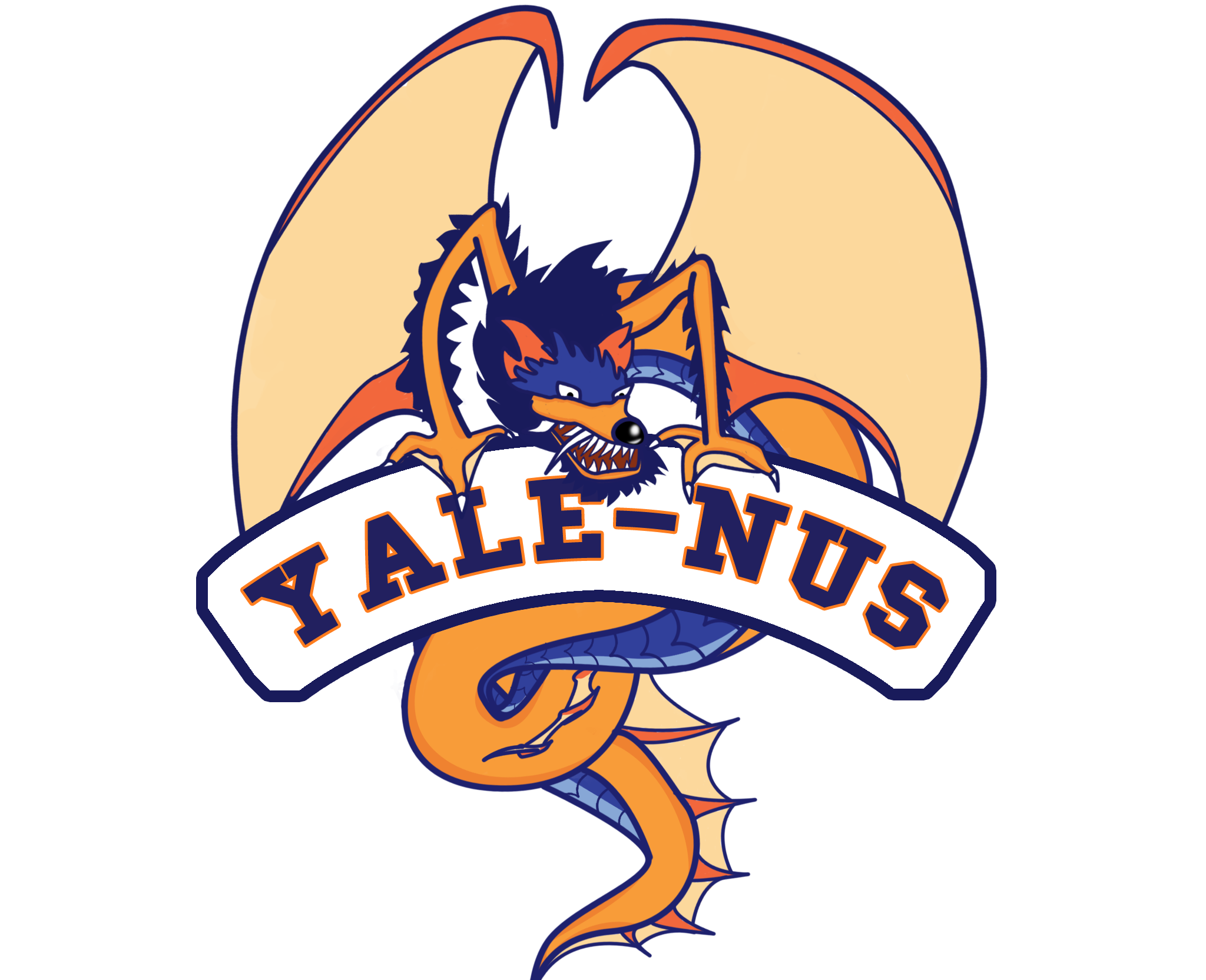
Yale has its bulldog, Handsome Dan. The National University of Singapore has its lion, LiNUS. And now, Yale-NUS has its dragon.
Last Wednesday, following a presentation by Yale-NUS’ Student Government, the school’s administrators voted for an East-West fusion dragon as the college’s mascot. Students had previously voted the dragon their top choice of 13 potential mascots, figures ranging from a Sichuan golden monkey to a platypus. Administrators selected the winner from the three most popular choices, and the student government will hold a schoolwide vote to ratify their decision in January.
Students cast their votes earlier this month through a Yale-NUS College Pride Survey designed to gather student input on elements of school spirit, such as a mascot, crest and graduation ceremony procedures, which the young institution currently lacks. Although the design of the mascot has yet to be finalized, students said the concept of a fusion dragon captured the Yale-NUS spirit and cemented its identity.
“The dragon is an auspicious symbol that appears frequently in universal mythology,” Yale-NUS President Pericles Lewis said. “The Yale-NUS dragon, a unique entity which combines the features of mystical Eastern dragons with those from the West, is a good representation of the diverse, bold and innovative nature of our student cohort and college traits.”
The dragon, which won all 12 rounds of student voting, was designed by Dave Chappell YNUS ’18 and Victoria Kalinina YNUS ’18 after several students proposed the idea of a fusion dragon. Chappell said dragons are capable of great feats and are not culturally specific creatures, as there are dragons from China and medieval Europe.
In the second-to-last round of student voting, three options remained. One hundred out of 262 students voted for the dragon, 84 voted for the Chow Chow, 66 voted for the griffin and 12 did not vote. In the final round of voting, the dragon beat the Chow Chow by 143 votes to 100.
The Chow Chow, a large fluffy dog, originates in Asia and fuses the two mascots of Yale-NUS’ parent institutions since the dog looks like a lion. A griffin is a mystical creature with the body of a lion and the head and wings of an eagle.
Chappell said the athletics teams and the college’s bookstore are particularly excited about the prospect of a mascot since they can start incorporating the design into the Yale-NUS apparel, sportswear and chants.
Lewis said the Yale-NUS mascot combines the different traits and characteristics of the college into one symbol.
“For a young college such as ours, this is an exciting step towards solidifying and strengthening the college identity,” Lewis added.
Students interviewed praised the mascot as a large step towards building a Yale-NUS identity.
Thu Truong YNUS ’18 said though the school has been conscious about developing its identity — one that should be separate from its parent institutions but also connected to them — the college did not have a concrete means of expressing this ideology. She added that selecting a mascot gives the school a chance to do so, given that the most popular ones emphasized aspects of being original yet tied to both Yale and NUS. The only concern is it would be hard to make the design simple enough to be a symbol of the school, Truong added.
Student voting for the mascot took place between Nov. 1 and Nov. 22.







